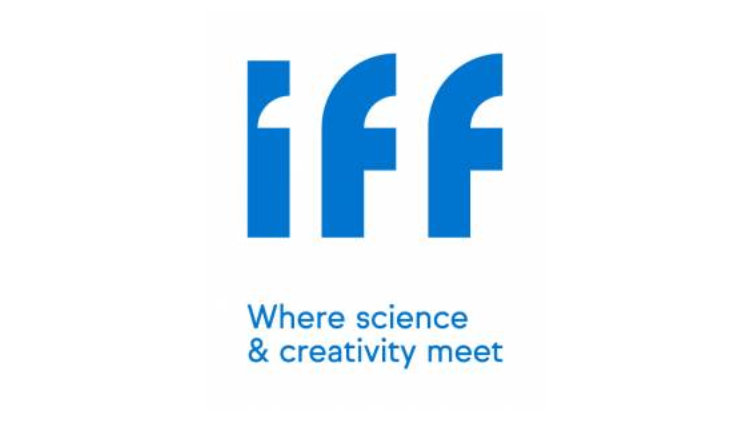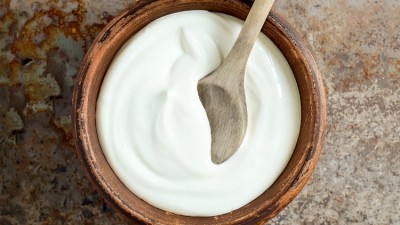Promotional Features
3 reasons why natural protective cultures are the future of dairy preservation
Protective cultures harness the natural power of fermentation, helping dairy processors reduce food waste and delight consumers.
Globally, consumer preferences are changing. More shoppers are searching for simplicity in ingredients and less processing when purchasing food items. However, finding appropriate and effective natural solutions can be a daunting task, especially when maintaining freshness of naturally perishable food.
Dairy producers seeking to manufacture fresh-tasting, high-quality dairy products across the cold supply chain cycle face a multitude of challenges along the way. From fending off unwanted contaminants early on in production, through to the final stages of the product lifecycle on retailer shelves, preservative solutions must be reliable.
Natural, protective cultures offer a viable solution for dairy producers looking for consumer-friendly solutions. By using selected good microorganisms, they contribute to food waste reduction through long-lasting freshness, while maintaining the product identity that consumers are expecting from their brand.
1. Leverage a centuries-old preservation method
For thousands of years, cultures have been used to harness the natural power of fermentation and maintain food freshness. Protective cultures are the result of science-driven technology, focused on developing solutions that naturally control unwanted contaminants like mold, yeast and bacteria without noticeable sensory changes. They’re specially selected and developed from a superior selection of good microorganisms, which have a natural ability to fight against the bad ones through different complex mechanisms such as competitive exclusion, organic acids compounds or other natural metabolite production.
Because these protective cultures are naturally derived, they can be labelled as cultures and provide manufacturers with the unique ability to control growth of unwanted food microorganisms throughout shelf-life while meeting consumer-friendly parameters.
The latest IFF’s protective cultures generation is intentionally designed for easy combination with starter cultures in dairy products such as cheese, yogurt and sour cream.
HOLDBAC® YM-SUSTAIN provides strong protection against mold and yeast while delivering better control on post-acidification, even under challenging temperature conditions. HOLDBAC® YM-XTEND has a higher inhibition spectrum for robust yeasts and displays no extra post-acidification after 5°C with standard starter cultures.
The cultures naturally maintain the dairy product fresh for longer by an average of seven additional days – with minimal effects on sensory experience and taste, as well as better control on post-acidification.
2. Tap into a much-needed sustainable solution
By keeping dairy products fresh for longer, even in challenging conditions, natural protective cultures can also unlock food waste reduction possibilities. Given the fact that 116 million tons of dairy products go to waste each year, they offer a much-needed solution to cataclysmic food waste.1
Retailer and consumer expectations alike impact dairy food waste. Grocers are unwilling to sell products with little remaining shelf life and pre-emptively throw out goods that are close to expiry as a precaution against costly consumer complaints. However, nearly 61% of overall food waste is thrown out at the household level, largely due to confusion about date labelling.2
Food products are typically labelled with ‘use by’ or ‘best before’ dates. Foods marked with a ‘use by’ date must be consumed before or on that date, while foods labelled with a ‘best before’ date may be consumed after the printed date with proper storage. 80% of yogurt food waste in the European Union is caused by the ‘use by’ date expiring while the product could still potentially be consumed.3 As of 2018, 68% of yogurts sold in Europe still displayed ‘use by’ dates. Switching to ‘best before’ labels encourages consumers to use their senses to determine if food is still edible, minimizing the amount of unspoiled food that’s pre-emptively thrown out.
By leveraging natural protective cultures that maintain the freshness of food for longer, manufacturers can comfortably switch to ‘best before’ labels on dairy products. And by educating consumers on the difference between the two labels, they can help reduce consumer household waste, leading us all into a more sustainable future.4
3. Maintain brand reputation by meeting consumer expectations
In addition, protective cultures can help ensure dairy products remain fresh until the end of their shelf life. This is an essential quality in an era when many consumers feel empowered to voice their concerns about the quality of goods and services on social media; reducing consumer complaints is essential to maintaining a positive brand image. Additionally, protective cultures can extend the freshness of consumers’ favorite dairy products with little or no effect on taste or sensory experience, and dairy manufacturers and retailers can expect fewer risks, such as damaging brand reputation.
When incorporated into yogurts alongside starter cultures during challenge trials, the addition of HOLDBAC® YM-XTEND resulted in no change in flavor when stored at 5°C for 30 days.
This protective culture has, as well shown strong inhibition capabilities against robust yeast, delaying spoilage for 54 days at 5°C. and it delayed the outgrowth of the spoilage molds for more than 24 days at 5°C and for more than 34 days at 10°C in yogurt compared to the sample with the starter alone.
HOLDBAC® YM-SUSTAIN delayed the outgrowth of the spoilage mold for 14 days at 5°C in yogurt compared to the sample with the starter alone; at 10°C, it delayed the outgrowth of the spoilage mold for 19 days.
This freshness protection allows manufacturers to create a wider geographical reach for their products, increases likelihood of retailer selection and prevents supply chain waste at a time of unforeseen challenges to the global shipping industry.
For dairy manufacturers looking for solutions to meet their sustainability ambitions and exceed product expectations at all stages of the supply chain, protective cultures are an excellent solution. Backed by proven results, the two new IFF’s protective cultures are viable options for dairy processors to consider. Not only have they demonstrated impressive abilities to keep dairy products fresh for longer – with minimal impact on sensory experience and taste – they also appeal to consumers who are label conscientious and environmentally conscious.
To learn more about harnessing the natural power of fermentation to support food freshness, visit iff.com/holdbac.
References:
1 Gross, A. S. One in six pints of milk thrown away each year, study shows, (The Guardian, November 2018).
2 Food Waste Index Report 2021, United Nations Environment Programme.
3, 4 Market study on date marking and other information provided on food labels and food waste prevention (Publications Office, 2018, European Commission, Directorate-General for Health and Food Safety).



